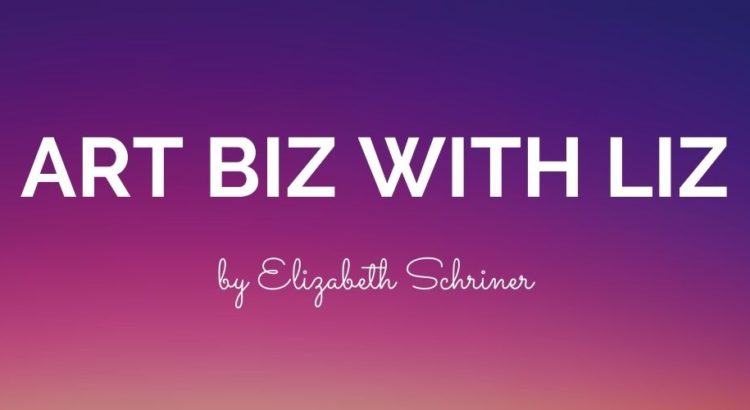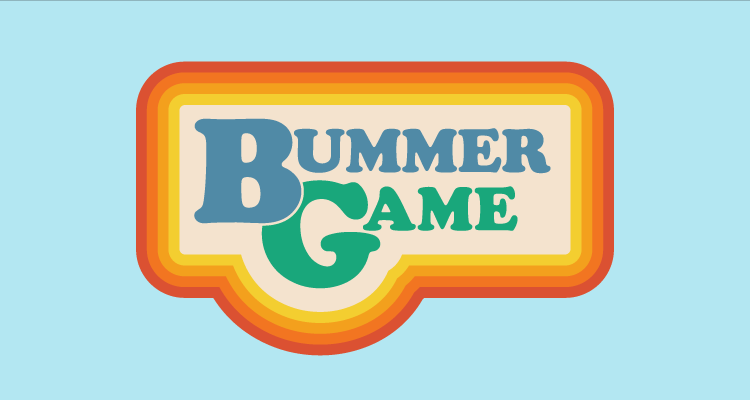Last Thursday, I attended a “recycled letter crafting event” hosted by the Residential College’s Letters Forum and Eco Forum. What are forums? RC forums are student-initiated and student-run discussion groups that focus on a variety of subjects. The Eco Forum presents a space where students can discuss issues concerning the environment and how people relate to it, looking at topics such as sustainability, climate change, and more. Letter Forum, on the other hand, focuses on the art of letter writing, allowing students to discuss the history of letter writing, create mail, and connect with people around campus and the world as penpals. The two forums came together to combine their interests and create a fun event for RC students.
For the event, attendees created envelopes and recycled art from a variety of materials gathered prior to the Zoom meeting. After an introduction to the two forums and ideas for possible crafts to make, everyone in the Zoom meeting set forth on their own projects. After about twenty minutes or so, we regrouped and showed one another what we had worked on. People made all kinds of crafts, including wreaths made from leaves, envelopes constructed from scratch paper, and bookmarks composed of old sheet music.
Using a paper grocery bag, I made an envelope and a maple leaf craft. A slideshow presentation in the Zoom meeting showed instructions to make the envelope, and I followed a video online to create the maple leaf. For both projects, I cut squares out of the bag and folded them into various shapes. I wouldn’t quite call it origami, the art of paper folding, since I used scissors and a glue stick; however, these tools were the only things besides the brown paper bag that were needed to make the crafts.
Autumn is my favorite season, and students often host special events during it. While some of the typical campus events have been limited due to the pandemic, the Zoom event was an example of creativity that students exhibit in continuing to plan events and connect to one another. The event was perfect for fall, too; colorful leaves presented a unique medium for crafts, while the season itself served as inspiration for other art. I made a folded maple leaf, for example, because of my fascination with the change that takes place during autumn. I photographed it against the hues of yellows and reds on campus for this blog post.


Note: These pictures were taken outside of East Quad and the MLB prior to the issuing of the two-week stay-at-home order by Washtenaw County.





